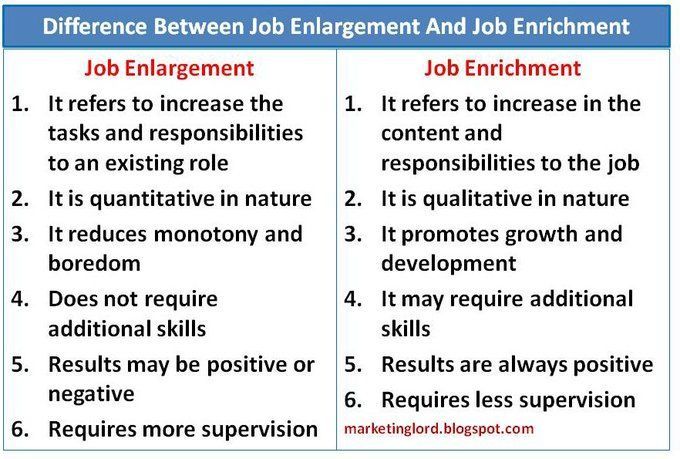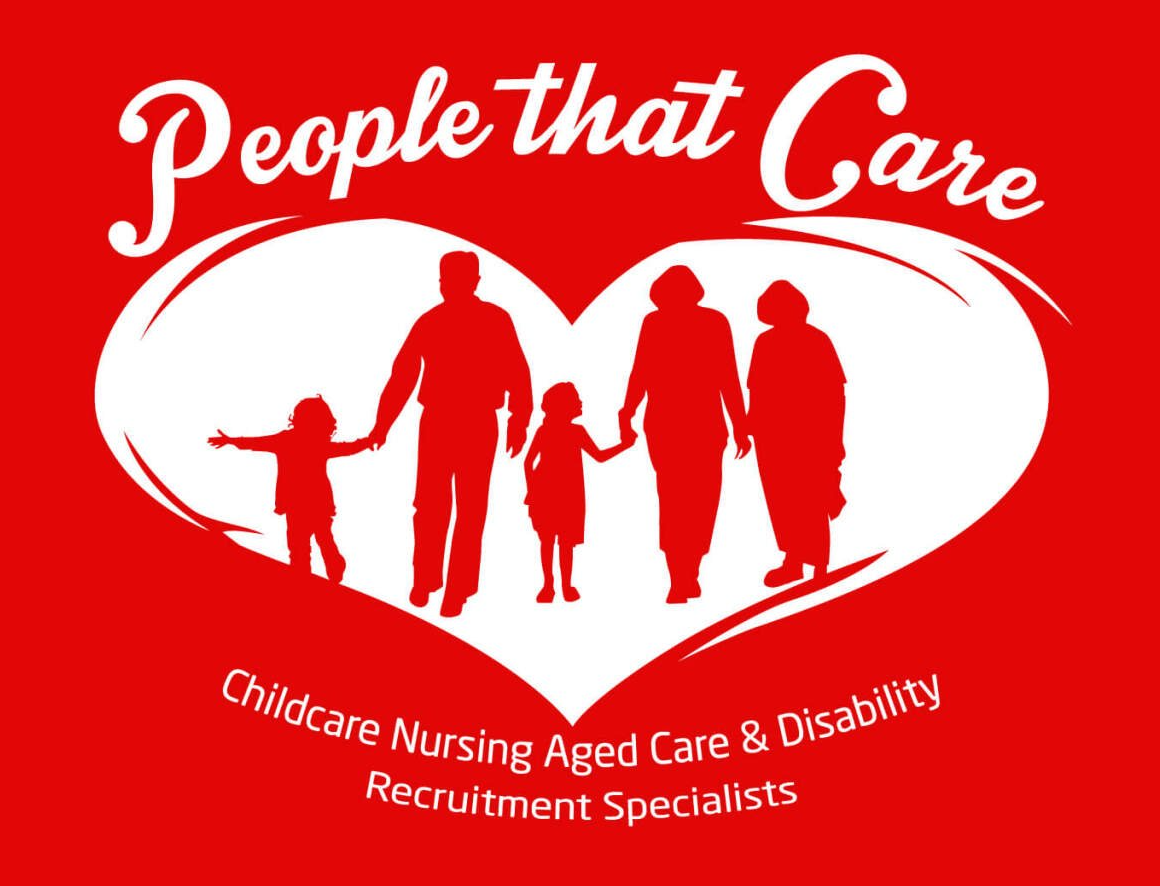The Benefits of Exercise for Employees: How to Improve Productivity and Reduce Stress
We have all been there- tried the workout apps, tweaked our schedules accordingly, and even adjusted our workflow, but there seem to be a few gaps when it comes to improving our productivity.
Well, what if we told you that there’s a tool that can significantly improve productivity and reduce stress, and it’s completely free?
We all wish to be more productive, multitask effortlessly, finish our deliverables on time, and give enough time to our families at home. To achieve this, we push ourselves harder to reach that competitive edge. However, after a point, burnout settles in and digs at our productivity.
Could exercise be the missing piece of the productivity routine? Physical exercise has been linked with increased productivity and decreased stress levels across a range of medical literature. Regular exercise elevates our mood, and makes us healthier- and in the workplace, this translates to feeling more motivated. In the following paragraphs, we will outline the benefits of exercise for boosting employee productivity. We will also discuss some exercises which can help employees achieve their physical and professional goals.
What can employers do to encourage fitness?
However, before we move on, it is important to also address the fact that most employees do not get the time to chase after their fitness goals for numerous reasons. Work stress and tight deadlines are undoubtedly some of the most pressing of those. This is why many corporations across the globe have started the policy of introducing exercise in the workplace. This is not a novel idea, since a lot of companies have stressed the importance of physical and mental fitness for improved productivity. This can be one of the best ways to motivate employees to do better.
Sitting for long hours at work is linked with lower mental wellness and decreased work productivity. Many employers have also undertaken interventions such as standing desks or offering employees time to work out during office hours to improve their mental acuity and work performance.
Many other companies have partnered with gyms and fitness centres to provide employees with free memberships to encourage fitness. This is because employers understand that these costs will be nothing compared to the benefits they will receive from employees’ improved health and work performance. It has been seen that such measures have also resulted in better employee retention.
How does exercise improve work productivity?
Let us now look at the benefits associated with physical activity for employees.
Stress relief
The effects of stress on the human body can be far-reaching. Stressed-out employees can display physical, emotional, and cognitive symptoms of stress. Exercise helps employees handle their stress levels in a better way by reducing cortisol levels (the stress hormone released by the body) and releasing endorphins, which can help the mind relax.
One of the most common ways employees tackle workplace stress is by binge eating. This triggers a vicious cycle of more stress since these snacks contain high levels of sodium, which simply stresses the body even more. Instead, employees can be motivated to take a workout break, such as going for a short walk or simply doing some yoga, whenever they feel too stressed.
Healthy heart
Cardiovascular conditions such as hypertension, hyperlipidemia and diabetes are among the most common health issues faced by employees across the globe. Moreover, these conditions can be very taxing on employers since they have to cover health insurance for their employees suffering from these.
Regular exercise promotes a healthy heart, which helps employees deal with health conditions. Moreover, when employees are less occupied with personal concerns, they tend to perform better at work. As they become fitter, the burden of insurance on employers also lessens. Ultimately, in this way, encouraging employees to live a healthy life through regular physical activity can be advantageous to employers in more ways than just one.
Improved concentration
Exercise not only stimulates the muscles of the body, it also improves blood circulation to the brain. It keeps the glucose and oxygen levels high within the body. All of this makes the brain focus harder on the work at hand. Moreover, exercise has been shown to stimulate the growth of neural pathways in the brain, which increases concentration.
When employees are focused, it is easier to stick to deadlines and deliver excellent results.
Reduced fatigue
It might be ironic that physical exercise can be useful to combat fatigue when working out in itself can be a pretty tiring job. However, regular exercise can improve energy levels and reduce fatigue. This is because exercise makes it easier to get slow-wave sleep, which is essential for the body to recharge and rejuvenate itself. A lot of stressed-out individuals always complain about not getting enough sleep. Therefore, they are tired and drowsy throughout the day, which results in decreased productivity at work.
Regular physical activity will improve your quality of sleep, making you more productive and energetic at work, so that you can perform at peak conditions.
Increased energy levels
The body can get a much-needed boost from exercise-induced hormones, which can have an immediate effect on energy levels. Each time we push our bodies to go harder during exercise, we also increase our energy levels. As a result of increased energy levels, exercise also leads to an improved mood. An optimistic outlook will help employees produce better work.
Moreover, exercise in any form helps people become more disciplined. This improves their time management skills, which is an excellent quality when it comes to working under tight deadlines.
When colleagues meet outside of the professional work environment fosters healthy personal and professional relationships. Allowing employees to socialise outside the work environment can be a driving force behind employee engagement; moreover, it shows that the company wants employees to thrive beyond the workspace.
Therefore, as we can see, the benefits of exercise are not only physical. Studies have shown that exercise helps in improving memory, aids in concentration and encourages creative thinking and quicker learning. These attributes are directly related to employee productivity and stress management. Regular exercise, therefore, is one of the easiest ways to boost productivity and output.
The best exercises to boost productivity
Exercise is the best medicine. When it comes to increasing productivity, low-intensity workouts have more benefits than high-intensive exercises. This is important to keep in mind, because a very intensive training routine may just end up making us even more tired. However, certain high-intensity exercises such as the EMOM workout can be very efficient for working professionals due to their time-saving factor.
Certain exercises are meant to increase productivity among employees, and some of these can be done while sitting at the desk!
Walking
Probably the simplest form of exercising- walking outdoors in nature- is one of the best ways to work out to improve productivity. This could be at any point of time throughout the day. While walking outdoors is ideal, using an elliptical machine at home or a treadmill at a gym can also be a good way to get on your steps for the day. Walking is a form of low-impact exercise that works on the whole body, burns a lot of calories and can freshen the mind.
Walking can be encouraged among employees in several ways, such as introducing standing desks, going out on their lunch break instead of eating at the office; using the stairs instead of the elevator, taking a quick stroll during breaks to recharge the mind, and so on.
Yoga
Yoga not only strengthens the body, it also helps clear the mind and this is very useful when it comes to making important business decisions. Yoga promotes mindfulness, which can be a great way to manage stress at work. When employees are less stressed, they generally produce better results. Yoga helps employees relax in their work environment. Some forms of yoga can also be performed while sitting at the desk.
Low-intensity aerobic workout
Jogging, swimming and other low-intensity exercises target the body’s core. These can help in elevating overall fitness more healthily and naturally. Low-intensity workouts are geared towards increasing productivity and mental fitness.
Strength training
Strength training exercises are vital to improving physical and mental alertness. This is because an increase in the heart rate while performing these exercises also leads to the brain getting dibs on the oxygen and blood supply. This sharpens the sense of awareness and alertness, which can be very useful for honing decision-making skills at work. These exercises also help employees retain more energy, which is reflected in their enthusiastic and optimistic approach to working.
Some examples of strength training include climbing stairs, hill walking, lifting weights, squats, push-ups and sit-ups. EMOM training can also be customised into strength training modules and performed for better efficiency.
Seated leg raisers
This is one of the exercises that can help in strengthening the lower body as well as combating lower back pain. Many working individuals complain of back and shoulder pain, which can be a hindrance to their productivity levels. Certain exercises are tailored to counter these aches and pains so that employees can work while doing them. Seated leg raisers simply involve putting the legs together, and raising them at intervals for a specific number of reps.
Shoulder shrugs
An exercise tailored to counter back and neck pain, shoulder shrugs are easy to do while you work. Moreover, they are completely inconspicuous and will not take any additional time. They involve raising both shoulders towards the ears, holding them for a few seconds, and continuing this over a certain number of reps. This is associated with lowering back and neck pain, which can help in boosting productivity and preventing drowsiness.
When to exercise for maximum productivity?
Thirty minutes of moderate to vigorous physical activity per week is recommended for a healthy lifestyle. When exercising to improve productivity, consistency and progress is more important than how many calories are burnt. It is important to remember that the motive of exercise in this case is to improve mental alertness and manage stress, instead of building muscles. This is why it is important to choose an exercise that is appealing since it will not seem like just another chore.
The timing of exercise is also very important, particularly for working professionals who are always under tight schedules. Balancing work and personal commitments as well as a moderate physical activity regimen can be quite difficult. This is why it is not recommended to work out at the end of the day since this will just make a tired body even more tired. Morning and early afternoon are the best times to exercise, since they prevent daytime drowsiness, improve energy levels and can help concentrate better.
Building habits can take some time. However, isn’t it better to have a ten-minute consistent workout over a 60-minute regimen that is seldom done? The less the time commitment, the more likely people are to build habits. Here are a few tips to include exercise in a busy routine:
Start small
Make sure to not aim for very ambitious timings right at the beginning of the workout journey. Starting small and building from there is far more important.
Always have fun
As mentioned earlier, it is important to choose an activity that stimulates us, rather than choosing the hardest or most straining exercise. People are more likely to stick with something they like doing, instead of something they feel like they are being forced to do.
Make a routine
Building a habit involves staying on a consistent routine, every day of the week. Giving up even for a single day can ruin a winning streak. This is why it is important to stick to a set routine for a few months before it evolves into a habit.
In Summary
It is time to get out of the mindset that exercise is only meant for athletes and bodybuilders. Exercise has a clear and concise effect on productivity, as we have seen. Increased productivity can be noticed within a few weeks of implementing a fairly moderate exercise regimen. Employers around the world should encourage employees to be more physically active since this will have a direct impact on the company’s bottom line as well.
Source: https://inside.6q.io/exercise-for-employees/


